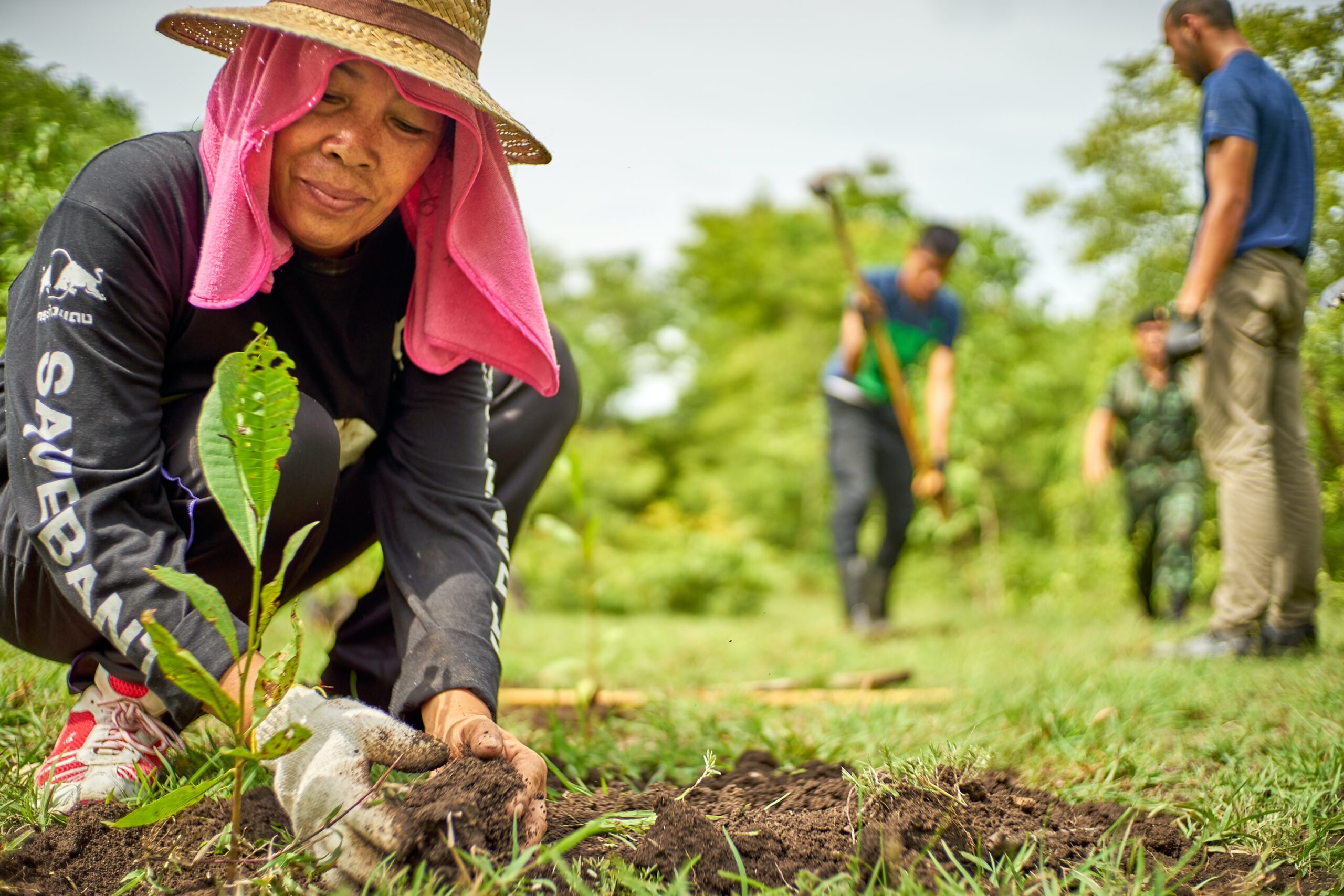Increases in particulate matter in cities threaten both public health and ecosystems. Street trees, which are a corridor-type green infrastructure capable of absorbing particulate matter, have been promoted as one possible solution to this problem. However, planting selected trees solely with the goal of reducing particulate matter may adversely affect street tree ecosystem resilience by inhibiting species diversity. This study aims to investigate urban street tree planting strategies that reduce particulate matter while maintaining ecosystem resilience. To this end, a study site in Suwon, South Korea was selected, and street tree planting scenarios were developed based on the selected site information. A scenario analysis was conducted using a system dynamics model. The model simulated the long-term trends under each scenario regarding the amount of particulate matter absorbed by the trees and the changes in species diversity. The analysis results clearly show that strategic planting of street trees while focusing on only a specific purpose—reducing particulate matter—can adversely affect ecosystem resilience. The scenario analysis also revealed that increasing the number of street trees while maintaining a balance among various species is the best option for reducing particulate matter without degrading species diversity. Additionally, the results support the need to plant evergreen species to consider the winter season.





































































































































































































































































































































































































































































































































































































































































































































































































































































































































































































































